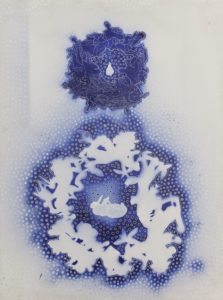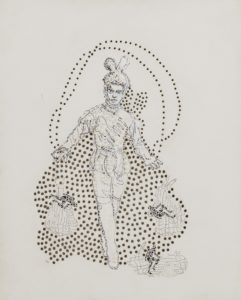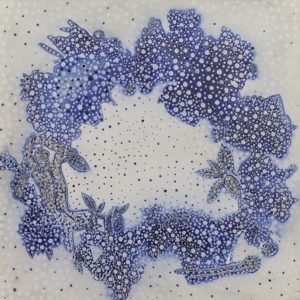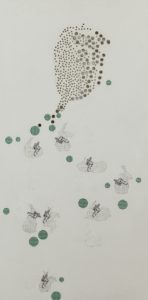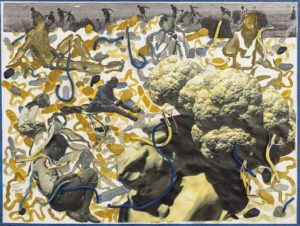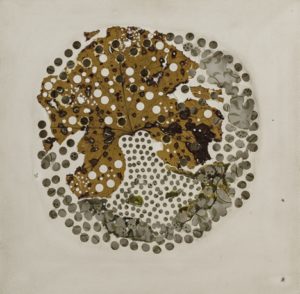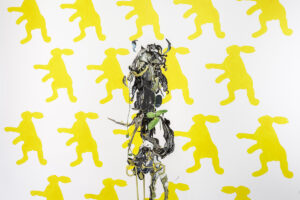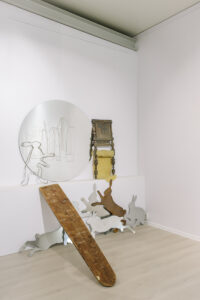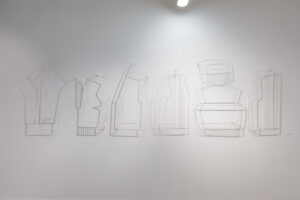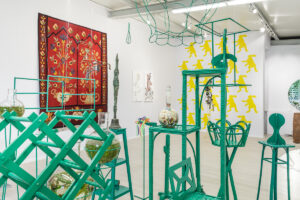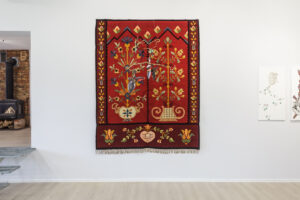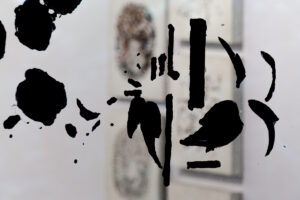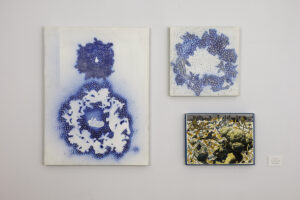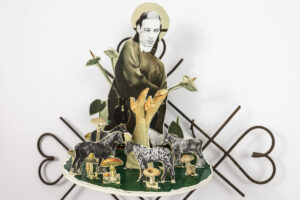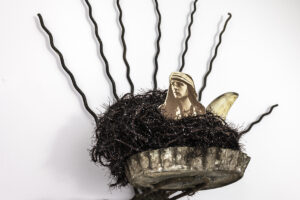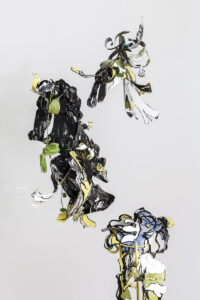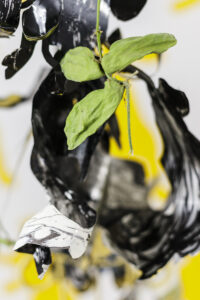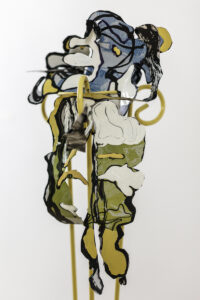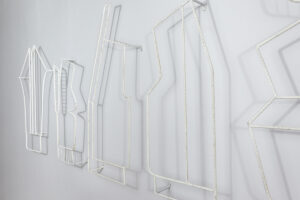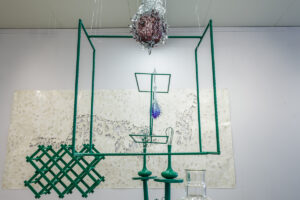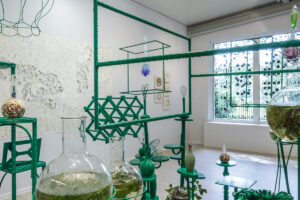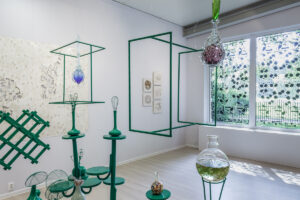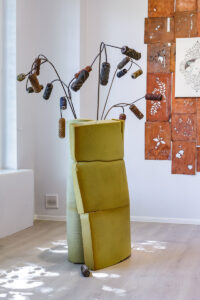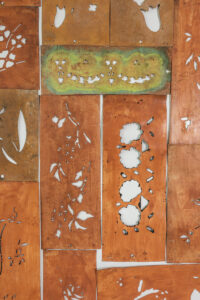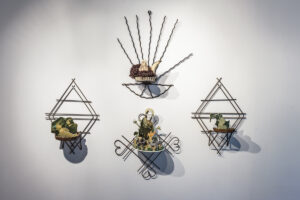12.06.2017 Bogusław Bachorczyk, Chlorophyll Lost /ABC Gallery
The Rabbit Which Saw the Future /Visual Park
The human being is in a most intimate relationship with the world of flora. It often assumes the form of an atavistic sentiment, a yearning for the closeness of plants, which we recompense by growing plants in pots and arranging them in bouquets, by surrogates of garden located on balconies or by the fragrances sprayed in our homes. The rudimentary link between humans and plants arises from the fact that only the latter can transform solar energy into organic compounds of which all living creatures are built. They are, then, the first and indispensable link of our food chain. Hence, most likely, the time-long fascination that results in the presence of plants in art, science and religion, the related rituals, symbols and philosophical doctrines, the magical properties ascribed to them, as well as the rapture at the sight of their unharnessed biological dynamics of continuous growth, blooming, bearing fruit, dying, and revival. Surprisingly, plants rarely feature as the subject matter of contemporary art. Therefore, the exhibition whose author made the plant and the relevant cultural contexts the principal field of reflection promises to be a true gem.
Motifs owed to the world of the flora have been present in B. Bachorczyk’s oeuvre for years: they are the elements of his spatial collages, objects, installations, perforated, and embroidered paintings. His figures, cut out of old photographs, are arranged to form unsettling floral patterns in a monumental collage on the walls of the artist’s flat and studio (“Czysta 17” project), while his organic forms of colourful metal sheets are juxtaposed with the ornaments on the rugs. The installations expand and morph into complex living structures of a garden or jungle, although they are assembled of inanimate wooden, metal and glass objects.
“‘Oh, I know!’ exclaimed Alice … ‘it’s a vegetable. It doesn’t look like one, but it is’.”1.
The work and properties of memory are one of the major topics addressed by B. Bachorczyk is his art. The collector-artist gathers impressions and reflections, memories, histories, poems, and other texts, photographs, drawings, objects, and figurines, of which he later constructs his multi-layered narratives. “The Rabbit Which Saw the Future” is shaped like a cookie-cutter, which brings to mind pleasure and sweets, home, childhood, and safety. The oversize cutter, located in an unfamiliar context, assumes a whole lot of novel and divergent meanings.
- Lewis Carroll: Alice in Wonderland, Project Guttenberg e-book.


